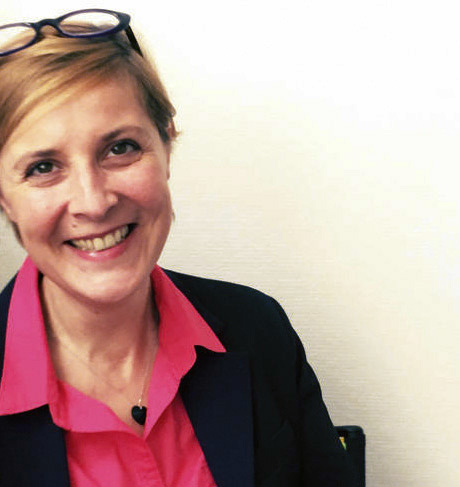The Valley of Death © Estate of Jeanloup Sieff
The history of photography features thousands of photographic journeys. As far back as the mid-19th century, those known as the Orientalists – Maxime Du Camp, Eugène Bonfils, etc. – set out for the Orie...



